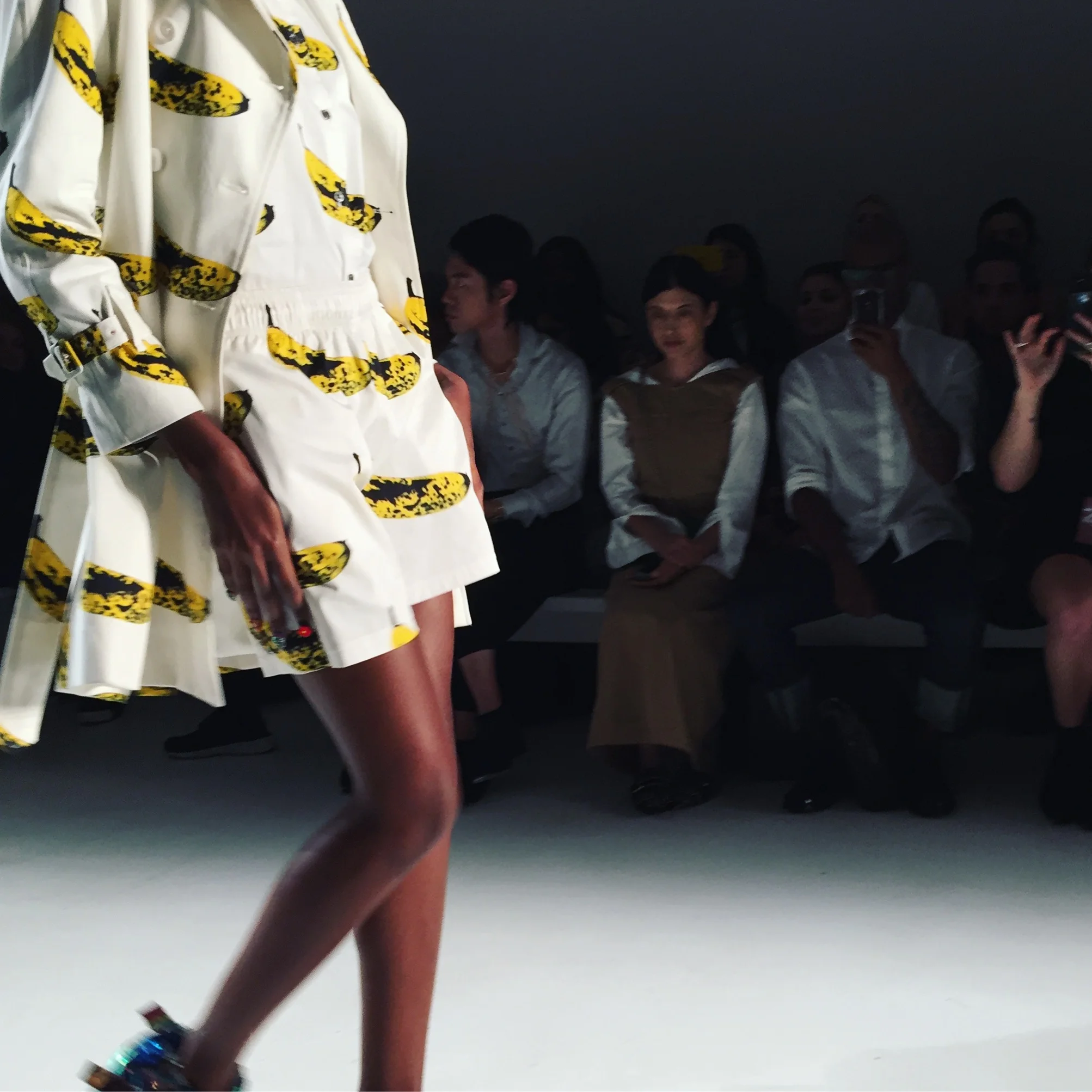Vogue.com | Photographing Your Food? You'll Enjoy It Less
Crazy Horse is one of the most famous Native Americans in history, and yet there are no pictures of him. As legend has it, he refused to be photographed, believing the camera would steal his soul. It’s not an uncommon ideology: Within the Kayapo tribe in the Brazilian Amazon, the phrase “akaron kaba” not only signifies “to take a photo,” but it also means “to steal a soul.” I’m beginning to feel the same about snapping food photos at restaurants, particularly after a special dinner event during which a nearby guest spent the entire meal staring through the lens of a massive camera. It was intrusive and inconsiderate to the rest of us around the communal table. And frankly, it was his loss: He focused so much on getting a shot that when he finally took a bite minutes later, it seemed to simply be a formality. For him, it was a photo shoot, not a meal. And that’s a shame.
We’re all guilty of photographing our food on occasion, so it’s not necessarily something to feel guilty about. It can be an easy, visual way to capture a beautiful dish or ingredient. But when a quick snapshot evolves into an extensive art-directed photo shoot at the table, that’s when our appetites for the perfect Instagram post might detract from the actual satisfaction of a dinner out with friends.
In a study published last year by the American Psychological Association, which examined how taking photos can affect experiences, results showed that, in many cases, photography can, in fact, boost the enjoyment of positive experiences by increasing one’s engagement. However, that may not necessarily be the case at the dinner table. “There are limits. One is the distracting nature of the photo-taking that might come from the number of photos taken, or how bulky the photo-taking interface is,” explained Alixandra Barasch, an assistant professor of marketing at NYU Stern School of Business, who performed the study with two other professionals in her field. “We also looked at boundaries. If you and a friend are already immersed and engaged in an experience, the act of photo-taking doesn’t help. If anything, it might actually hurt in that situation.”
In a more recent study, Barasch and her colleagues found that while photo-taking can enhance one’s memory for visual details, it can actually lessen one’s ability to remember or enjoy content delivered via other senses. That could include the conversation going on around you, or, yes, even the taste of the food. “We call it an ‘interaction,’ where you get the benefits of one type of content, but there’s a drawback in other types. We can’t pay attention to everything,” Barasch told me.
Eddy Buckingham co-owns the recently opened restaurant Chinese Tuxedo in New York’s Chinatown, along with The Good Sort, an all-day cafe located next door that’s become near synonymous with its oft-Instagrammed Rainbow Iced Latte. Buckingham, more than most, understands the traffic that might derive from a great food pic, but he’s quick to note that is an issue where his personal and professional opinions are “diametrically opposed.” “Personally, I don’t really do it. I’m much more focused on the social aspects of dining out, and actually enjoying the food and my company. But from an industry operator’s standpoint, the visibility can be great for business,” he says.
Even if most restaurants are reluctant to impose a “no photography” policy, I wish some would at least inscribe the phrase, “Just because you can, doesn’t mean you should” across their menus. “I think it can be disrespectful to the chef and their food if you spend 15 minutes taking photos before you even try something. That’s not at all how they intended you to eat it,” says Morgan Ione Yeager, a professional food photographer. Most of Ione Yeager’s work occurs during actual shoots, though she’ll take the occasional snapshot while she’s out to eat, too—only under specific circumstances, though. “If I look at it and I know it’ll actually be a picture worth taking—the presentation is nice, the light is good—and if I think I’m actually going to use it in some way. Otherwise, I don’t bother,” she says. Of course, her standards for what makes a compelling photo are probably higher than the average diner’s, but for many it’s not even about aesthetics.
“Right now I’m seeing tons of photos taken at the Grill,” Buckingham says, referring to the much-anticipated reboot of the Four Seasons Grill Room, a setting that’s arguably one of the hottest dining tickets in town right now. “It could be a photo of a steak or something relatively generic, even, but that person’s not saying, ‘I love steak.’ They’re saying, ‘Look at where I am.’ It’s about status.”
According to Barasch, the nuances in enjoying an experience through photo-taking often derive from one’s intentions: “As a consumer of an experience, what are your goals? What are you trying to get out of it? If you’re really interested in the visual details of an experience, then photo-taking might draw you in, and immerse you more.” Snapping food pics for social media and for personal memory are two entirely different things, she also noted.
So if your intentions are to show followers that you’re living your best life, then taking photos (no matter how schlocky), at every cool place you eat might inspire happiness. But if it’s to capture a moment—an aspect that’s part of a larger picture—then please, do make it momentary. Because these good times are fleeting, and that plate of food is getting cold.
URL: https://www.vogue.com/article/dont-photograph-your-food-instagram


